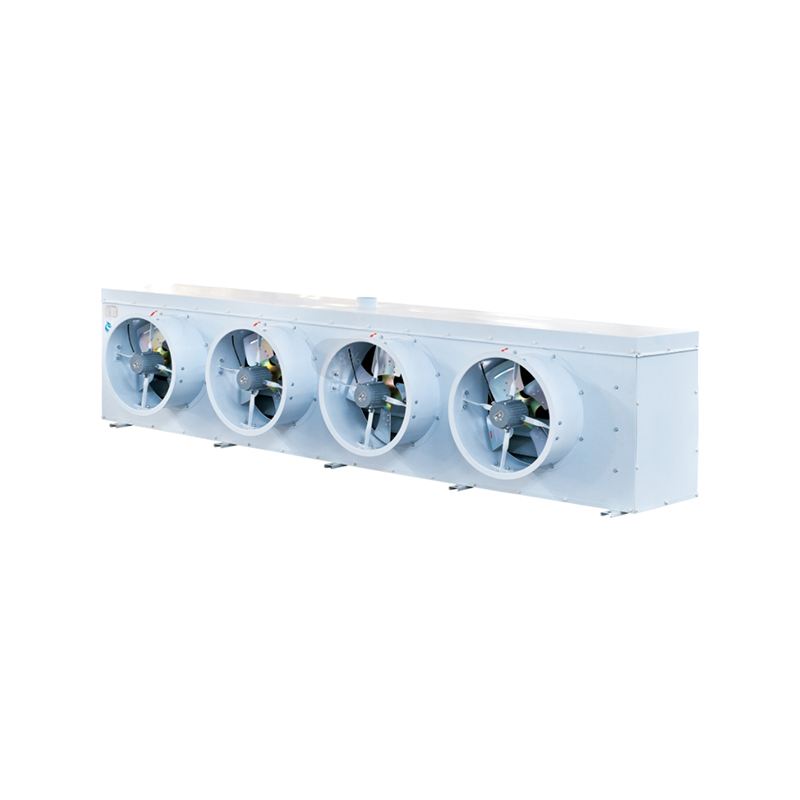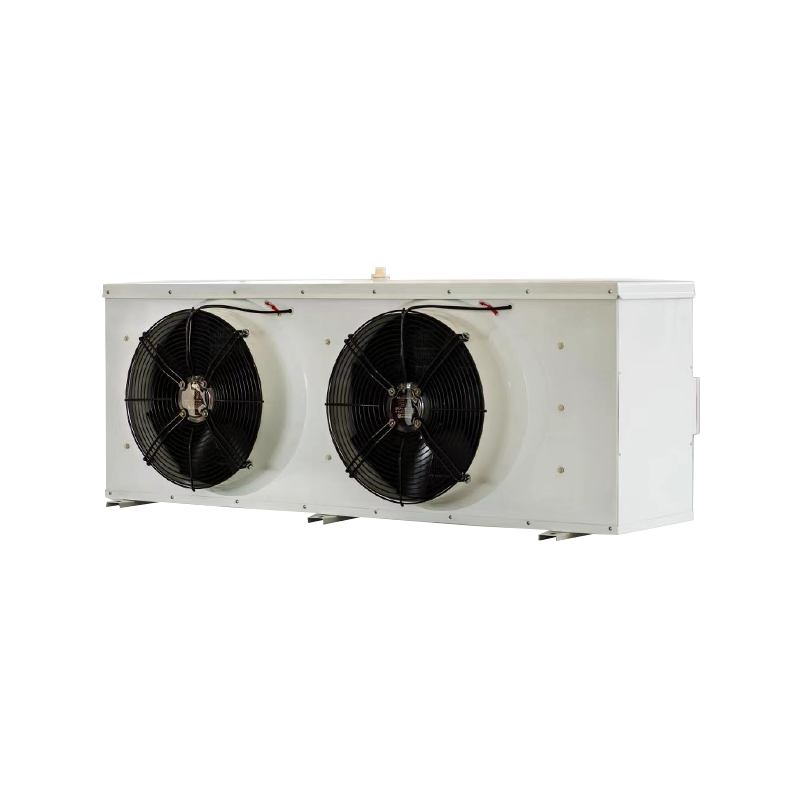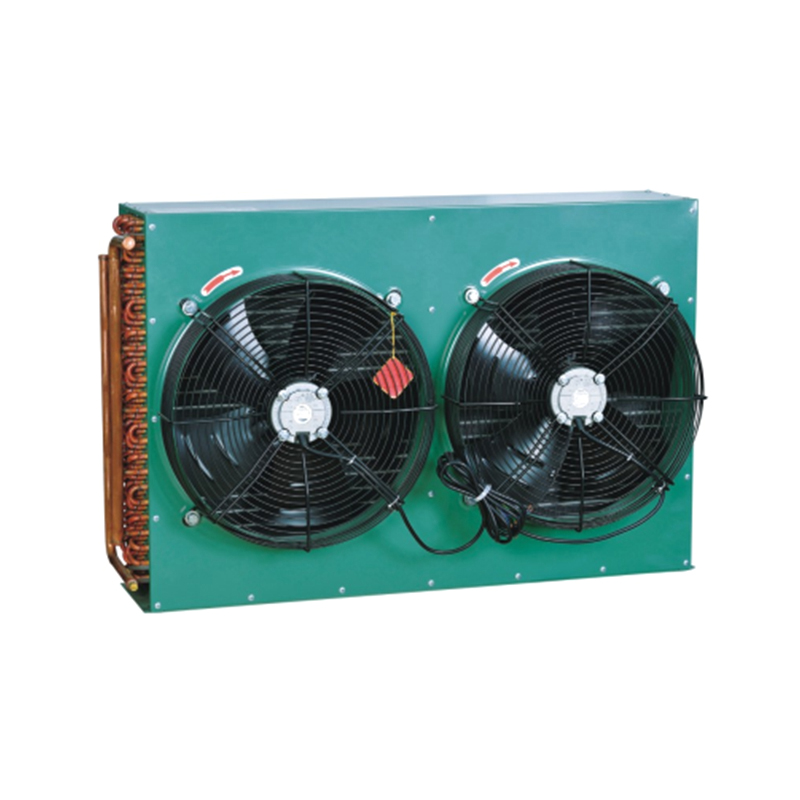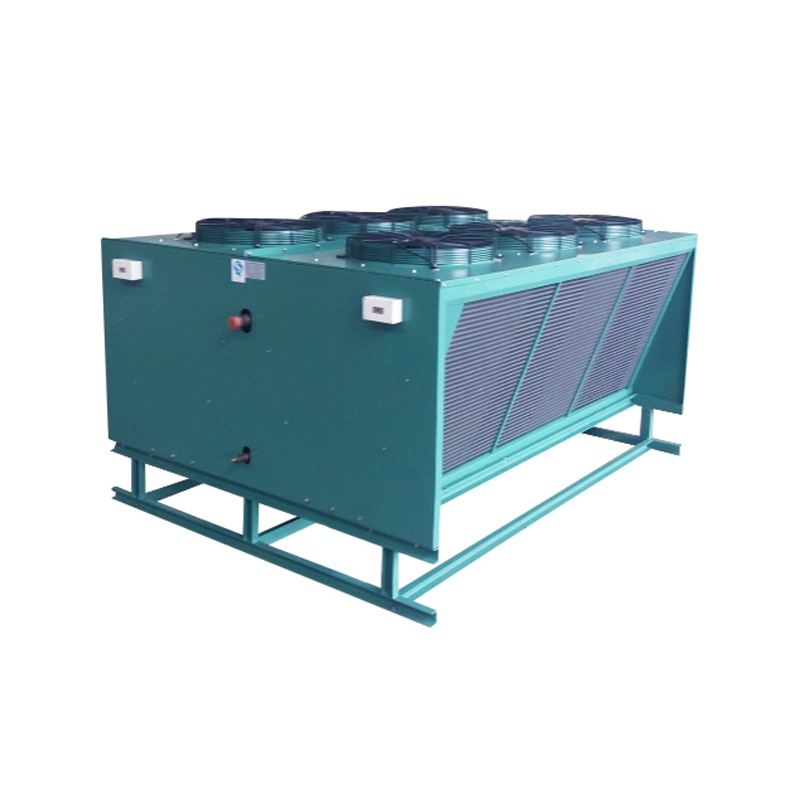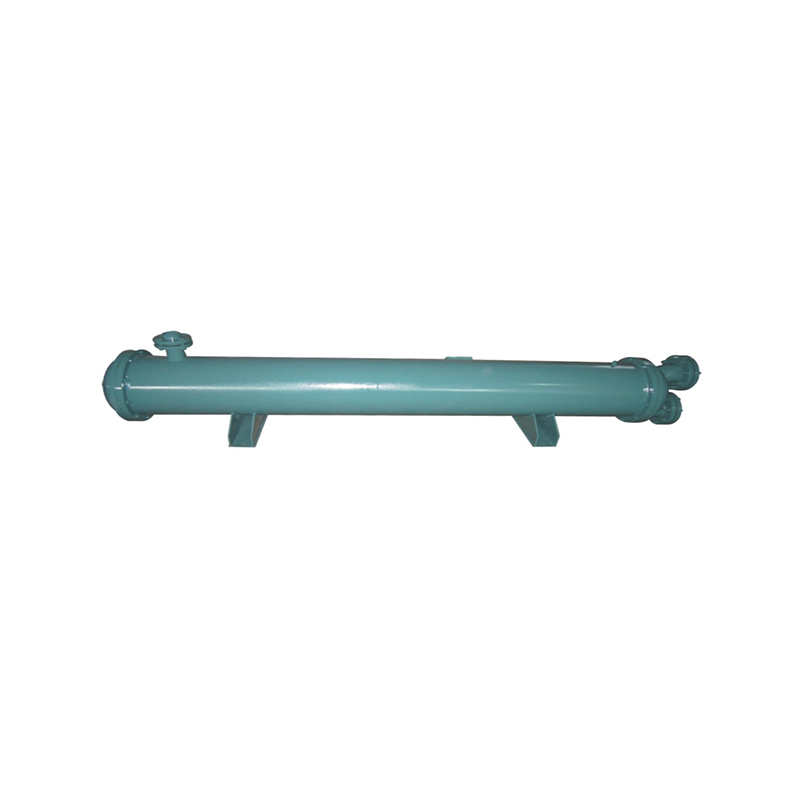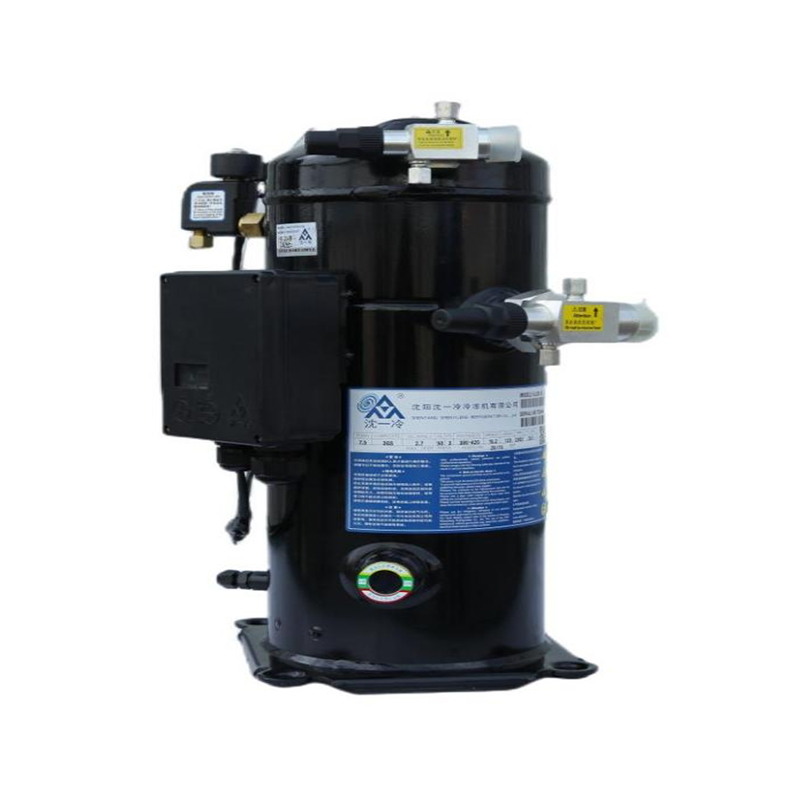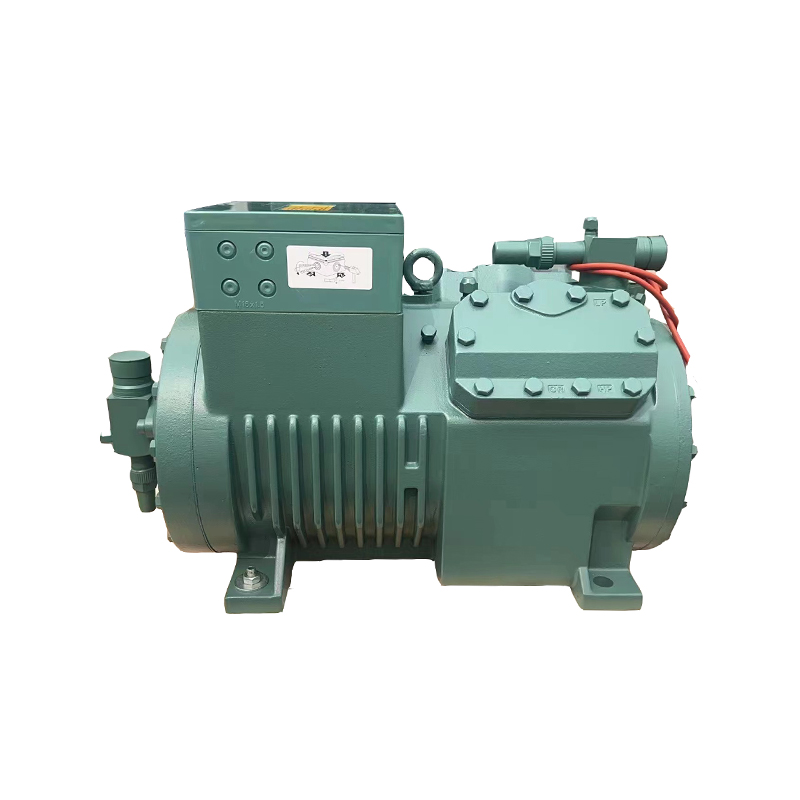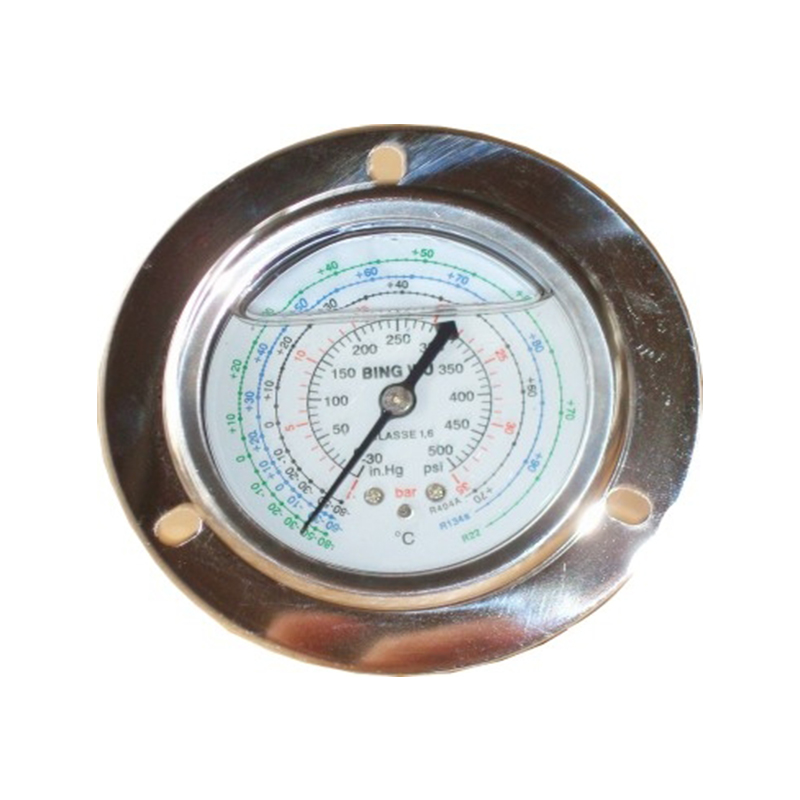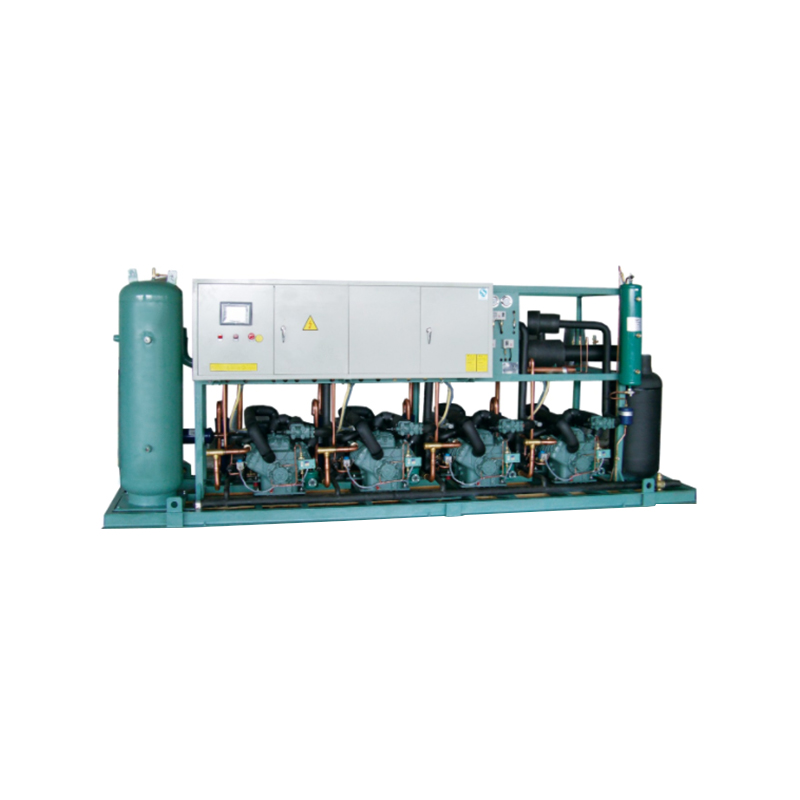The choice of refrigerant plays a critical role in the design, efficiency, and operation of refrigeration systems, particularly in relation to the condenser. As one of the most important components in a refrigeration cycle, the condenser's efficiency directly impacts the overall performance of the system. Different refrigerants have varying thermodynamic properties, which can influence how the condenser functions and is designed.
Content
Thermodynamic Properties of Refrigerants
Each refrigerant has unique thermodynamic properties, including its boiling point, specific heat, latent heat of vaporization, and pressure-temperature relationship. These properties determine how efficiently the refrigerant can absorb heat and transfer it in the condenser. For instance, refrigerants with lower boiling points will require a larger heat exchange area in the condenser, as they need to release more heat as they change from gas to liquid.
The condenser design needs to accommodate these properties, ensuring that heat is effectively transferred from the refrigerant to the surrounding environment, whether through air or water. For example, a refrigerant with a higher latent heat of vaporization will release more energy during condensation, requiring a condenser that can handle larger thermal loads. In contrast, refrigerants with lower latent heat might necessitate more frequent cycling or an enhanced condenser surface area to maintain efficiency.
Pressure and Temperature Characteristics
The pressure-temperature characteristics of a refrigerant directly influence the design and operation of the condenser. Different refrigerants operate at different pressures and temperatures during the condensation phase. For example, a refrigerant like R-134a operates at lower pressures compared to R-22, which affects the pressure ratings and the strength requirements of the condenser components.
Refrigerants with higher operating pressures will require condensers that are designed to withstand those pressures. This may lead to the use of stronger materials, thicker walls, or more robust seals to ensure that the condenser does not fail under pressure. Additionally, the temperature at which a refrigerant condenses can impact the choice of materials for heat exchange surfaces. High-temperature refrigerants may require condensers made of heat-resistant materials to prevent degradation over time.
Environmental Considerations
In recent years, the environmental impact of refrigerants has become a critical consideration in refrigeration system design. The transition from ozone-depleting refrigerants like R-22 to more environmentally friendly alternatives such as HFC-134a, HFOs, and natural refrigerants (e.g., CO2, ammonia, and hydrocarbons) has prompted changes in condenser design.
Certain refrigerants, such as CO2, operate at much higher pressures and require specialized condensers that are built to withstand these high operating pressures. In contrast, natural refrigerants like ammonia, which are highly efficient and have low global warming potential (GWP), require condensers made from corrosion-resistant materials, as ammonia is more corrosive than synthetic refrigerants.
The need for eco-friendly refrigerants is driving innovation in condenser materials and designs. For instance, the use of more durable and corrosion-resistant materials, like stainless steel and specialized coatings, is becoming more prevalent in condensers that use natural or low-GWP refrigerants. This also helps increase the lifespan of the condenser, reducing the need for maintenance and replacements.
Condenser Surface Area and Heat Transfer Efficiency
The choice of refrigerant also impacts the heat transfer efficiency in the condenser. Different refrigerants have different capacities for transferring heat. For instance, a refrigerant with high thermal conductivity can transfer heat more efficiently, potentially allowing for a smaller condenser with a reduced surface area. On the other hand, refrigerants with lower thermal conductivity require larger surface areas or enhanced heat exchange designs to maintain the same level of heat dissipation.
The surface area of the condenser is directly related to the heat load and the refrigerant’s ability to condense efficiently. More surface area allows for better heat exchange, leading to more efficient cooling. However, larger condensers also require more space and materials, which can increase costs. Therefore, the choice of refrigerant influences the balance between condenser size, material costs, and energy efficiency.
Impact on Condenser Materials and Durability
The chemical properties of the refrigerant, such as its corrosiveness and interaction with other materials, also impact the design and material choices for the condenser. Some refrigerants are more chemically aggressive than others, and the condenser must be constructed from materials that can resist corrosion or chemical breakdown over time. For example, refrigerants like ammonia are more corrosive and may require condensers to be made from corrosion-resistant metals such as stainless steel or specially coated copper.
For refrigerants with lower corrosiveness, standard materials like copper or aluminum may be sufficient. However, the use of materials that can withstand a refrigerant’s chemical properties not only extends the lifespan of the condenser but also reduces the need for frequent repairs or replacements. Moreover, the introduction of certain refrigerants into the market has led to improvements in condenser coatings and surface treatments to enhance resistance to corrosion, especially for outdoor and marine applications.
System Design and Optimization
Refrigerant choice also influences how the entire refrigeration system is designed and optimized. For example, systems using higher-pressure refrigerants like CO2 may require more robust compressors, piping, and other components in addition to the condenser. Conversely, refrigerants with lower pressures may require different compressor types or adjustments in the size and operation of the condenser.
In addition, refrigerants with lower or higher boiling points can impact the overall system efficiency. A refrigeration system using a refrigerant with a higher boiling point may require a larger condenser to achieve the same level of performance as one using a refrigerant with a lower boiling point. This could affect the design of the condenser, requiring more energy to circulate the refrigerant through the system or a larger surface area for heat exchange.
Performance in Different Climates
Refrigerants also behave differently in varying environmental conditions, which affects how the condenser operates. For instance, some refrigerants are more efficient in hot climates, while others might perform better in cooler environments. In hot climates, air-cooled condensers may be less effective because the ambient temperature is closer to the temperature required to condense the refrigerant. In this case, refrigerants with lower condensation temperatures or water-cooled condensers may be a more efficient option.
In colder climates, refrigerants that have higher condensation pressures may be preferred to maintain the necessary temperature differential for heat exchange. Condensers must be designed to optimize refrigerant performance under specific environmental conditions, taking into account the local climate and the refrigerant’s behavior at different temperatures.
